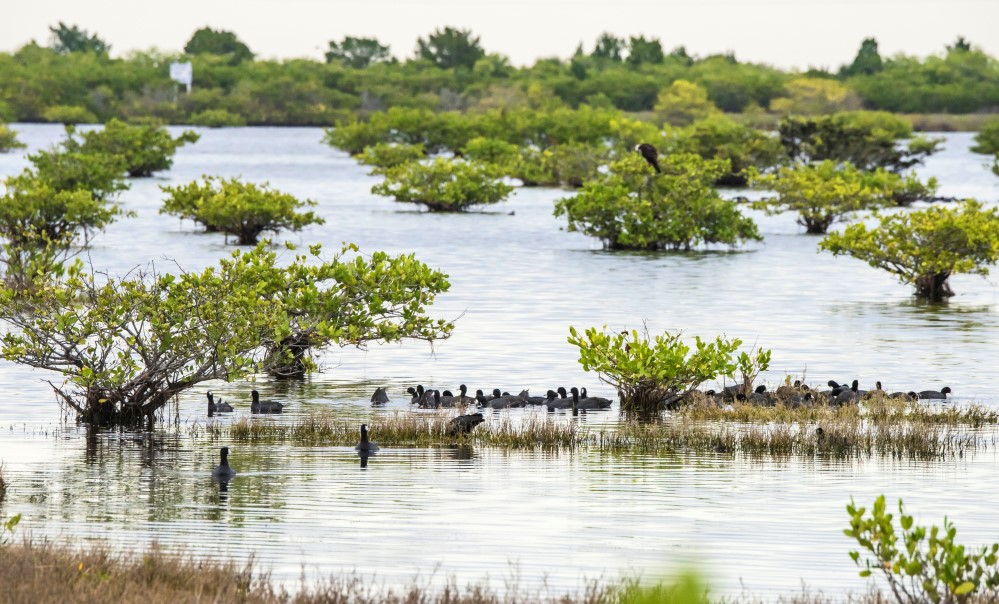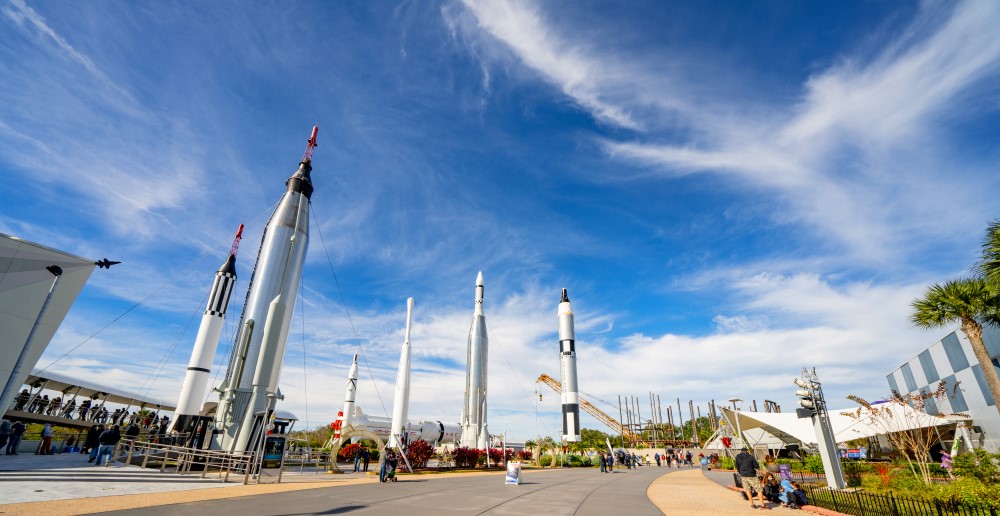Merritt Island Wildlife Refuge
The Marvel of Coexistence with NASA
Merritt Island Wildlife Refuge, a natural paradise nestled within a setting characterized by technological advancement, serves as a sanctuary for diverse species while concurrently hosting activities of the National Aeronautics and Space Administration (NASA). The symbiosis between these two entities may initially seem implausible, yet it forms a unique coexistence that showcases the possibility of balancing industrial progress with ecological preservation. This article delves into the intricate interplay between NASA and the Merritt Island Wildlife Refuge.
Merritt Island Wildlife Refuge: An Overview
Stretching over a vast expanse of 140,000 acres along Florida’s Atlantic coast, Merritt Island Wildlife Refuge was established in 1963. It shares boundaries with NASA’s Kennedy Space Center, with both occupying the same geographical space. The refuge provides an invaluable habitat for more than 1,500 species of plants and animals, including over 330 bird species. As a crucial part of the Atlantic Flyway—a migratory route for birds—it plays a significant role in bird conservation.
Endangered species like the West Indian manatee, Atlantic loggerhead turtles, and eastern indigo snakes find a safe haven in this refuge. Its diverse habitats, ranging from coastal dunes, saltwater estuaries, and marshes to scrub, pine flatwoods, and hardwood hammocks, support this rich biodiversity.

NASA: A Unlikely Protector
In 1962, NASA acquired 140,000 acres of land and water on Merritt Island for its space program. The goal was to provide a buffer zone for NASA’s launch complex, ensuring the safety of the surrounding human population. Consequently, much of the land was left undeveloped, allowing natural habitats to thrive.
As a result, NASA became an unwitting environmental steward, its non-intrusive presence contributing significantly to the refuge’s establishment and continuity. Despite its primary focus on space exploration, NASA has continually implemented practices that uphold its commitment to environmental preservation and sustainability.
The Intersection of Space and Ecology
NASA’s operational and environmental objectives interweave within Merritt Island, revealing the unique juxtaposition of space exploration and wildlife conservation. Space shuttles ascend to the cosmos above a landscape teeming with life, demonstrating the coexistence of technological advancement and environmental protection. The launch pads and facilities at Kennedy Space Center are nestled within this thriving ecosystem, ensuring minimal disruption to the natural habitats.

During pre-launch activities, NASA implements comprehensive safety protocols, focusing on preventing environmental damage. For instance, procedures are put in place to relocate any vulnerable wildlife, especially during nesting seasons. After each launch, there’s a concerted effort to assess and mitigate any environmental impacts, including any fires sparked by rocket launches, which are quickly extinguished to protect the surrounding flora and fauna.
NASA also invests in ecological research within the refuge, contributing data about climate change and other environmental trends, which assists in managing and protecting the refuge’s ecosystems more effectively. The Agency’s Earth Observing System, a program that uses satellites to monitor global climate changes, helps track changes in the refuge’s habitats over time. This information aids in formulating strategies for conservation management.
Education and Public Outreach
The relationship between NASA and Merritt Island Wildlife Refuge provides a unique platform for education and public outreach. The refuge is open to the public, offering various recreational activities such as fishing, hiking, and wildlife viewing. Visitors can witness the awe-inspiring spectacle of a rocket launch while exploring the natural wonders of the refuge—a unique experience where the marvels of technology and nature unfold simultaneously.
NASA collaborates with the U.S. Fish and Wildlife Service to conduct educational programs that highlight the importance of wildlife conservation and space exploration. These efforts underscore the idea that progress and preservation can coexist and are not necessarily contradictory.
With its abundant biodiversity, The Merritt Island Wildlife Refuge is not just a symbol of ecological preservation but also a testament to NASA’s commitment to sustainable practices. This intertwining of space exploration and wildlife conservation exemplifies a remarkable model of cohabitation between industrial progress and ecological preservation. As we forge ahead into the future, this dynamic relationship can inspire other industries to strive for a similar balance, ensuring the continued coexistence of our technological ambitions with the vibrant life on our planet.

